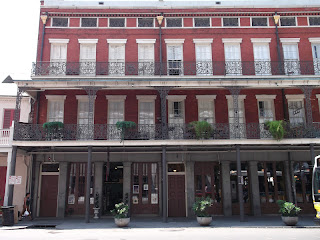 |
| Jackolantern chocolate chip cookie made with Wilton cookie cutter |
In New York State, you can travel through Ichabod Crane's Sleepy Hollow town (http://www.visitsleepyhollow.com/things-to-do/visit-irving-landmarks) as you follow the road through the landscapes sprinkled with colorful fall foliage in October. 

After following side roads such as I9 west, you can go through Saugerties to the Catskill Mountains, where trees shine metalically, like glow-in-the-dark puzzle pieces, as the sunlight strikes their backs. Locals who declare having arrived for the Woodstock concert in the 1970's, now run restaurants and other small businesses in that small town in the state park.
 |
| Seneca Lake, one of the Finger Lakes in New York |
 |
| Colorful barns and silos on the road, near Niagara |
Further north, vines curl around Seneca and Keuka Lakes, as red and orange tree flags pop up every so often. As you near Niagara, barns and silos loom ahead, one after another, until you reach the powerful River, and waterfalls.
Recipe:
Alton Brown's Chewy Chocolate Chip Cookie
Follow the recipe to make the dough, and get a small scoop ready. You can only do half of the scoop, for a regular-sized cookie, or you can do the full scoop, the way his recipe indicates in ounces, to make a larger one.
Make sure you line your cookie sheets with parchment paper to ensure better shaped cookies. Either avoid using darker pans, or make sure you reduce the baking temperature by 25 degrees if you do use them.
Your cookies will turn out chewy and have a round shape if you use the scoop!
To make the jack'o'lantern, use a Wilton cookie cutter. Place some dough on the cookie sheet, making sure the dough shape is larger than the cutter. Push the cutter into the dough, and remove the dough left around the cutter. You can bake with the cutter still on the dough. This large cookie takes at least 15 minutes longer usually, to bake. Once you take it out of the oven, let it rest for three minutes. Then remove the cutter inmediately, using a knife to run it along the interior edges to make the cookie come out. It will come out in pieces, which you can either paste together with frosting, or just set together on the plate.
References










































